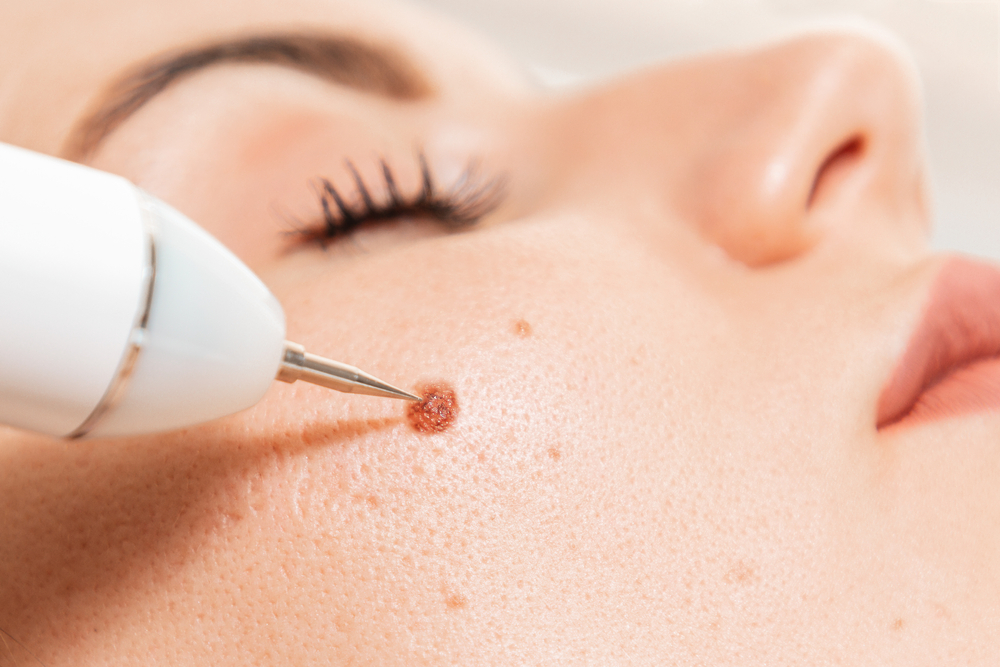
Moles Treatment
Most moles are completely harmless. However, they may be unsightly and affect the confidence of sufferers. Moles can also be a nuisance, for example if they regularly catch on your clothing or you cut them while shaving.
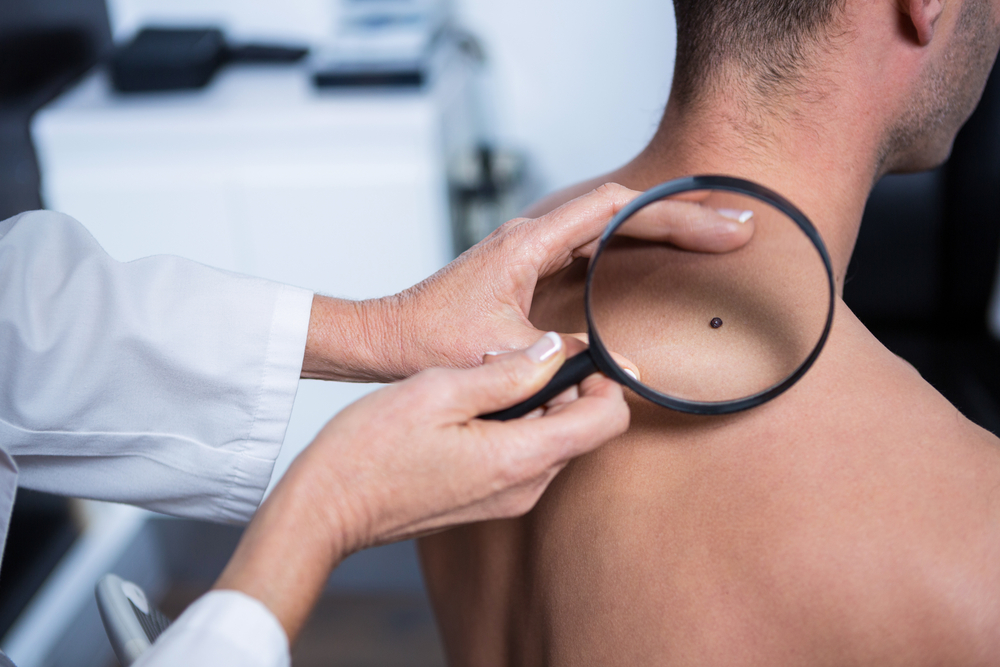
WHAT ARE MOLES?
Moles are small patches on the skin that form due to collection of cells (called melanocytes), which produce the colour (pigment) in your skin.
Moles are often a brownish colour, although some may be darker or skin-coloured.
They can be flat or raised, smooth or rough, and some have hair growing from them.
Moles are usually circular or oval with a smooth edge.
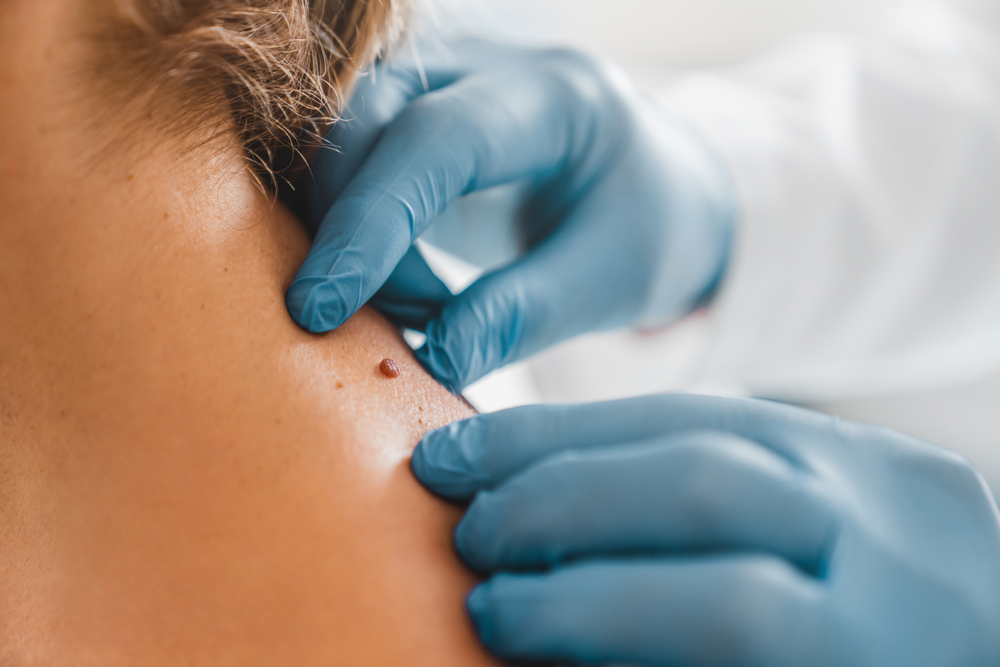
Moles can change in number and appearance.
Some fade away over time, and they also sometimes respond to hormonal changes, for example during:
- Pregnancy – when they may get slightly darker
- Teenage years – when they may increase in number
- Older age – when they may begin to disappear from 40 to 50 years of age onward
Some moles are present at birth; however, most moles develop during the first 30 years of life. People with fair skin often have more moles than people with darker skin.
Most moles have a genetic cause and are inherited, this is often the case with people who have a lot of moles. Where you were brought up may also make a difference; for example, if you have spent a lot of time in the sun, you may have an increased number of small moles.
Most moles are completely harmless. However, they may be unsightly and affect the confidence of sufferers. Moles can also be a nuisance, for example if they regularly catch on your clothing or you cut them while shaving.
CHECKING MOLES:
You should check your skin every few months for any new moles that develop (particularly after your teenage years, when new moles become less common) or any changes to existing moles. A mole can change over a period of weeks or months. Changes to a mole may be an early indication of a type of skin cancer called melanoma.
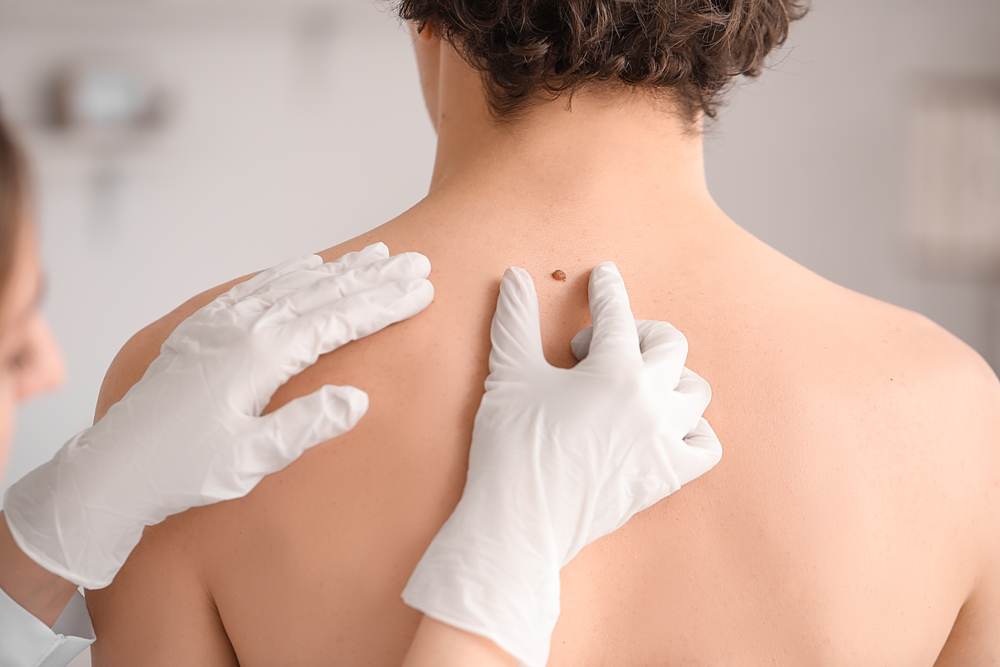
FEEL CONFIDENT IN YOUR SKIN
Our skin clinic specialises in a range of treatable conditions, from acne to wrinkles, and everything in between.

Things to look for include:
- Moles with uneven colouring – most moles only have one or two colours, but melanomas (cancerous regions) have lots of different shades
- Moles with an uneven or ragged edge – moles are usually circular or oval with a smooth border
- Bleeding, itching, red, inflamed (swollen) or crusty moles
- Moles that get a lot bigger – most moles are no bigger than the width of a pencil
A helpful way to remember what to look for is to use the ABCDE method.
A – asymmetry
B – border irregularity
C – colour change
D – diameter
E – elevated (raised) or enlarged
Moles like this can occur anywhere on your body, but most happen on the back, legs, arms and face. If you notice any changes to your moles or are worried about them, see your GP.
While most moles are benign (non-cancerous), in rare cases they can develop into melanoma. Melanoma is a serious and aggressive form of skin cancer. .
If you have a lot of moles, it’s important to take extra care in the sun. Although it’s not always possible to prevent melanoma, avoiding overexposure to UV light can reduce your chances of developing it.
1.
ENQUIRE
Call, message, or pop in at our clinic and speak to our welcoming team.
2.
CONSULTATION
Attend a consultation to see which treatment is right for you.
3.
APPOINTMENT
Sit back and relax in the care of our skincare professionals.
4.
AFTERCARE
Get the best results from your treatment with our aftercare solutions.
HOW CAN THEY BE TREATED?
Traditionally moles have been treated using surgery, but now they can be treated less invasively and with less scarring using a hyfrecator, which works by using electricity to quickly dehydrate the moles, causing them to fall off within a few days. The hyfrecator has been used for several decades for the removal of moles, and our hyfrecator has been approved by the US Food and Drug Administration (FDA) deeming it safe and effective for aesthetic treatment.
The hyfrecator functions by sending electrical impulses into the body with the use of a probe. It emits an alternating current (AC) that is low in power but at a high frequency. Using the ‘dessication’ approach, the tip of the probe is used to heat a small area of the skin to a temperature that is too high for the tissue to tolerate. As a result of this heating, the treated tissue dies, then the body’s natural processes take over, completing the healing cycle.
The precision of the hyfrecator tip makes it possible for the practitioner to be very exact when it comes to addressing tissue that needs to be removed. For small lesions, either no anaesthesia or only topical numbing cream will be required.
HOW MUCH DOES THIS TREATMENT COST?
Frequently Asked Questions
How Many Treatments Will I Need?
The number of treatments required will depend on the severity and number of moles. On average, patients will need between one and three treatments. A full treatment plan will be discussed with the nurse practitioner at consultation.
Will It Hurt?
The hyfrecator treatment does not hurt. In some cases an anaesthetic cream or injection may be used to numb the treatment area.
When Will I See the Results?
Results will be visible several days after the initial treatment. Patients may require repeated treatments to achieve their desired results.
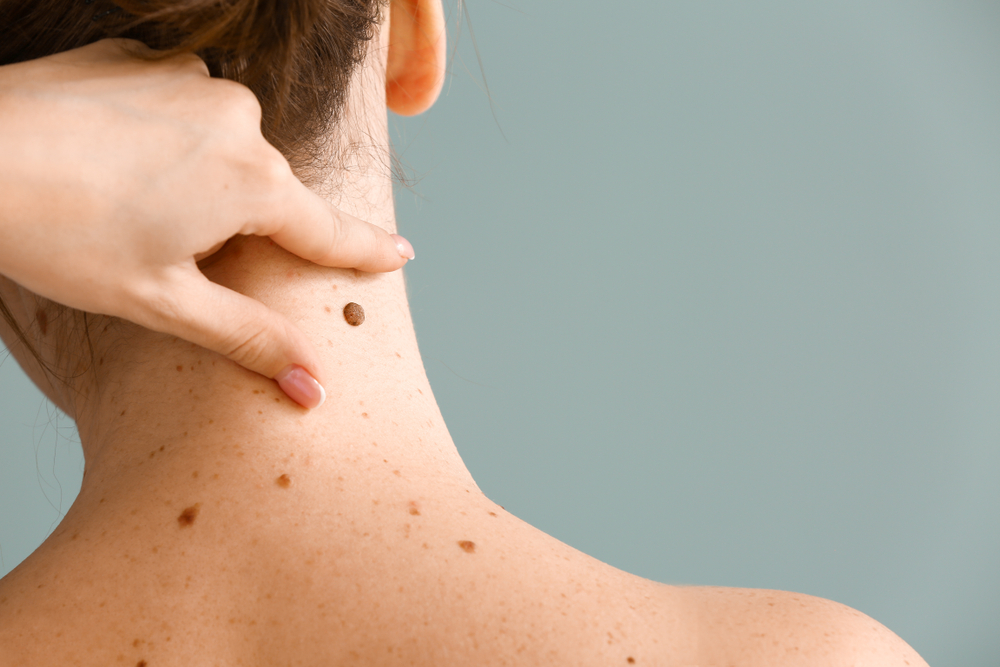

 Menu Item
Menu Item